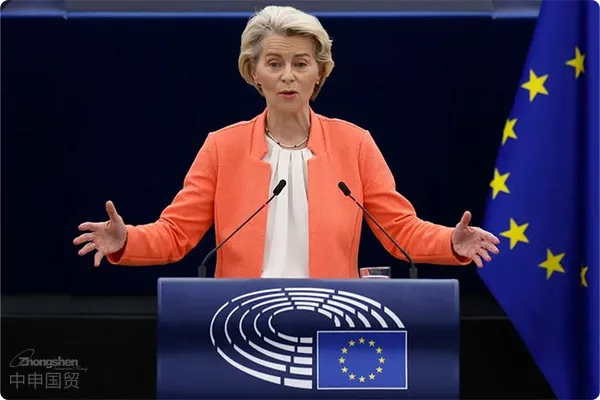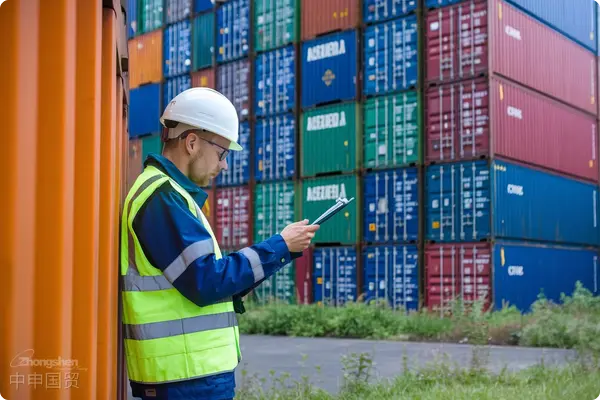- Shanghai Zhongshen International Trade Co., Ltd. - Two decades of trade agency expertise.
- Service Hotline: 139 1787 2118
Recent data released by Eurostat shows that the EU achieved a trade surplus of 51.2 billion euros in the first quarter of 2024, a significant increase from the 31.7 billion euros in the fourth quarter of 2023. This marks the EUs third consecutive quarter of trade surplus, ending the trade deficit period from the fourth quarter of 2021 to the second quarter of 2023. This achievement is primarily due to the dual effects of declining imports and steady export growth.
Data shows that from January to March 2024, the EUs imports of goods from third countries decreased by 2.9% compared to the previous quarter, while exports increased by 0.3%. The decline in imports was mainly concentrated in the energy and raw materials sectors, while the growth in exports benefited from strong performance in multiple areas including machinery and vehicles, chemical products, and food and beverages.
In the first quarter of 2024, the EU achieved a trade surplus of €65.7 billion in the machinery and vehicles sector, €57.6 billion in chemical products, €15.7 billion in food and beverages, €48 billion in other manufactured goods, and €1.3 billion in other commodities. These surpluses not only offset the deficits in energy (-€87.7 billion) and raw materials (-€6.3 billion) but also contributed to the overall trade surplus.
Despite achieving trade surpluses in multiple sectors, the EU still faces significant challenges from import deficits in energy and raw materials. In Q1 2024, the EUs energy import deficit reached €87.7 billion, while the raw materials deficit stood at €6.3 billion. Fluctuations in energy prices and external dependencies create substantial uncertainties in these sectors.
To address these challenges, the EU needs to adjust its energy policies by increasing investment in and usage of renewable energy to reduce external dependence. Simultaneously, enhancing domestic production capacity for raw materials and strengthening resource recycling are effective ways to reduce the import deficit in raw materials.
The EU has achieved trade surpluses for three consecutive quarters, reflecting improved economic resilience and competitiveness. Trade surpluses not only help increase foreign exchange reserves and enhance macroeconomic stability but also improve the balance of payments and boost endogenous economic growth.
Furthermore, steady export growth demonstrates the competitiveness of EU products and strong global demand, providing robust support for sustained economic growth. Meanwhile, the decline in imports reflects the EUs progress in improving self-sufficiency and optimizing import structures.

Related Recommendations
? 2025. All Rights Reserved. 滬ICP備2023007705號-2  PSB Record: Shanghai No.31011502009912
PSB Record: Shanghai No.31011502009912









